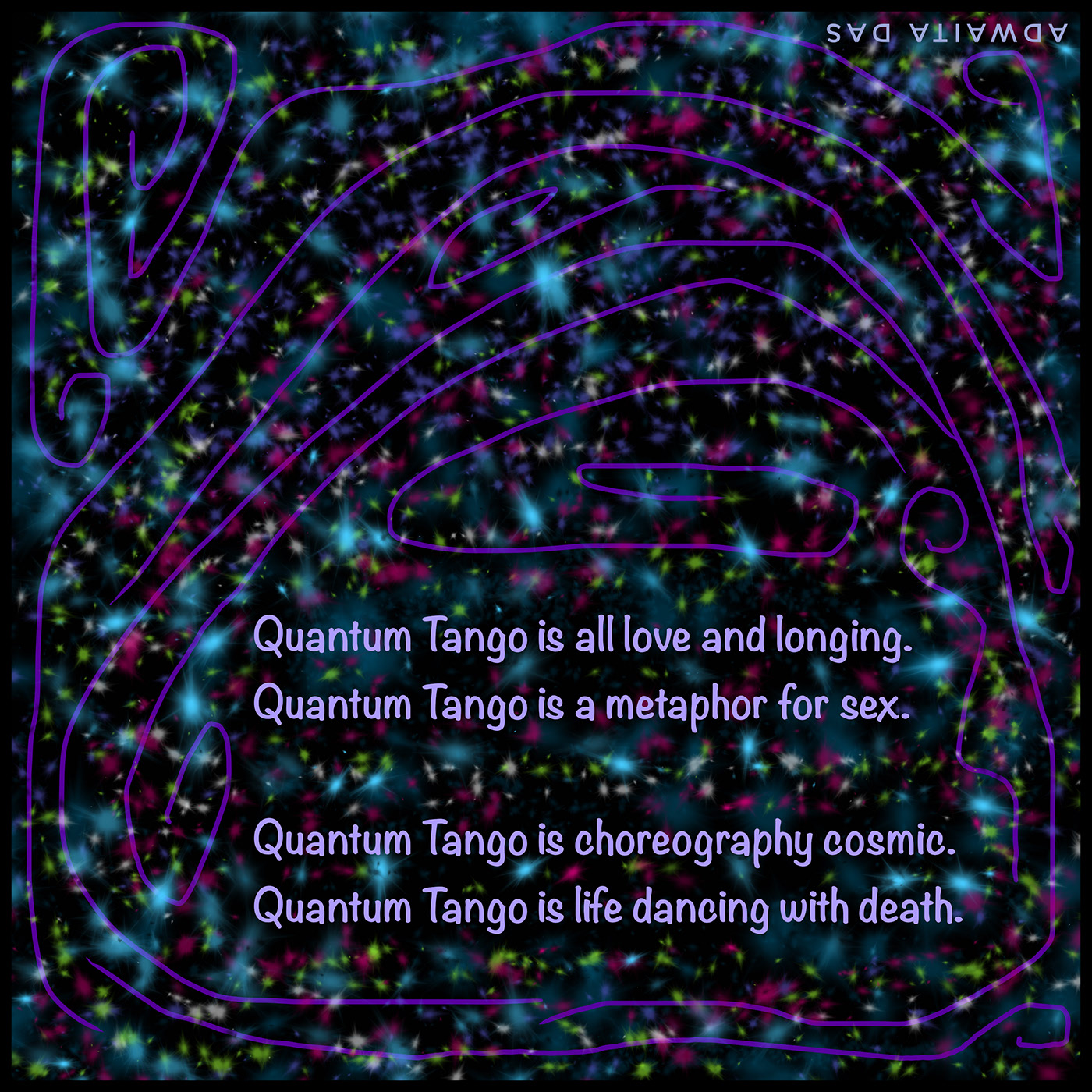At the intersection of quantum mechanics and condensed matter physics lies a captivating phenomenon known as atomic spin swap. This intriguing process is particularly observable in systems maintained at ultracold temperatures, where thermal motions are minimized, thereby allowing quantum effects to dominate the behavior of particles. The concept is rooted deeply in the principles of quantum entanglement and superposition, often described metaphorically as a dance—an apt illustration that has led to the terminology of “quantum tango.”
At its core, atomic spin swap refers to the exchange of spin states between identical particles, such as atoms or ions, which occurs under specific interactions dictated by quantum mechanics. This phenomenon not only challenges classical intuitions but also prompts intriguing inquiries into the fundamental nature of reality, especially when examined through the lens of quantum theory. In the realm of atomic physics, spin is a crucial intrinsic property of particles, analogous to angular momentum and characterized by quantum numbers. The realization that these spins can effectively exchange positions, or states, introduces layers of complexity and fascination.
The exquisiteness of this atomic ballet can primarily be observed in ultracold ensembles of atoms, which are typically cooled to near absolute zero in a laboratory setting. At these extreme temperatures, the interactions governed by thermal energy become negligible, permitting quantum mechanical principles to manifest more overtly. The fascinating interplay of spins in such conditions has garnered significant attention, particularly due to its implications for quantum computing, quantum simulation, and quantum information processing.
Central to the understanding of atomic spin swap is the role of exchange interactions. These interactions arise due to the indistinguishability of quantum particles. According to quantum statistics, when two identical fermions, for example, occupy the same quantum state, their combined wave function must be antisymmetric. This requirement leads to significant phenomena during particle interactions, resulting in what is known as exchange coupling. This phenomenon effectively ‘forces’ spins to interact in a manner that depends on their spatial configuration, captivating scientists with its unusual implications for collective behavior in ultracold atomic gases.
Another key framework in which atomic spin swap phenomena can be understood is through the concept of quantum entanglement. Three critical distinctions are crucial in elucidating this phenomenon: entangled states, superposition, and measurement. Entangled states are formed when two or more particles become correlated in such a way that the state of one particle is intrinsically linked to the state of another, regardless of the distance separating them. This interconnectedness allows for the swapping of spin states using various manipulation techniques, including magnetic fields and optical lattices, ushering in new paradigms for quantum state engineering.
The manipulation of spins in ultracold gases has been particularly successful using techniques based on Feshbach resonances. These resonances enable tunable interactions between atoms, promoting a controlled environment where spins can be swapped with high fidelity. The realization of strong coupling conditions, facilitated by these resonances, allows researchers to explore exotic quantum phases and potentially develop novel quantum technologies. For instance, the creation of spin-polarized states and the realization of magnetic ordering have far-reaching implications for condensed matter physics and quantum materials.
The atomic spin swap phenomenon raises profound questions about the underlying nature of reality. It challenges the classical notion of separability, hinting instead at a universe where interconnectedness dominates, even at the microscopic level. Not only does it provide insight into the characteristics of quantum systems, but it also raises compelling philosophical discussions regarding determinism and the nature of observation in quantum mechanics.
One captivating aspect of atomic spin swap at ultracold temperatures is its intrinsic connection to macroscopic phenomena. The collective behavior of spins can give rise to rich quantum phases, such as superfluidity and magnetic ordering. Superfluid helium, for instance, exhibits behavior that defies classical explanations, with unimpeded flow and spontaneous rotational symmetry breaking. Investigating the conditions necessary for such collective effects reveals a delicate balance between quantum coherence and interaction, akin to the intricacies of the quantum tango.
Furthermore, recent advances in experimental techniques, such as laser cooling and trapping, have allowed unprecedented control and observation of atomic spin dynamics. Innovative methods like optical lattice manipulation ensure that the spatial confinement of atoms enhances interactions, facilitating an intricate playground for studying quantum mechanical phenomena. As a result, atomic spin swaps can be precisely engineered and observed, creating opportunities for developing quantum sensors, simulators, and memory systems that leverage these unique properties.
In conclusion, atomic spin swap represents a thriving area of research that encapsulates remarkable complexity and elegance inherent in the quantum realm. While it exemplifies a common observation within ultracold atom systems, its implications extend far beyond mere academic curiosity. The deeper understanding of spin dynamics is not only pivotal for advancing quantum technology but also enriches our comprehension of the universe itself. Thus, the study of atomic spin swap is poised to continue unfolding layers of intrigue and potential in both experimental and theoretical fronts in the years to come.












